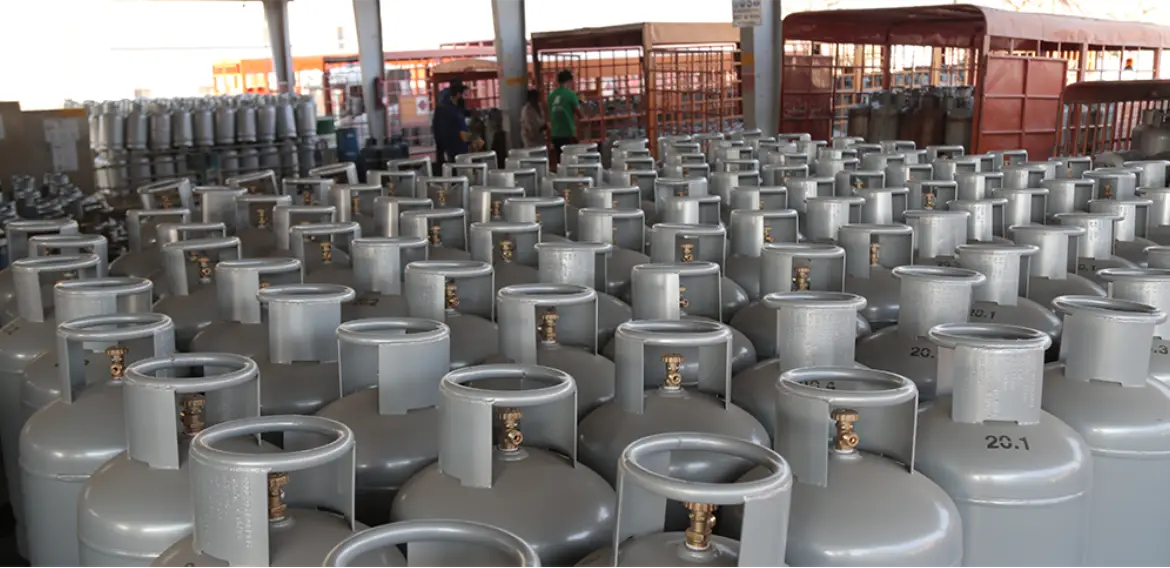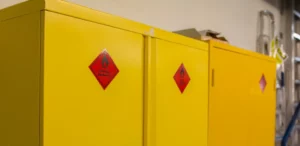Liquefied Petroleum Gas (LPG) is a widely used and versatile fuel source in New Zealand. It is commonly used for heating, cooking, and powering various appliances.
To ensure the safe handling, storage, and use of LPG, the New Zealand government has implemented regulations and guidelines under the Health and Safety at Work (Hazardous Substances) Regulations 2017, overseen by WorkSafe New Zealand.
This article aims to provide an overview of the requirements associated with LPG under these regulations and guidelines.
Classification and Handling:
LPG is classified as a hazardous substance due to its flammable properties. It is crucial to handle LPG with care to prevent accidents and ensure the safety of workers and the public. Under the regulations, employers and businesses are responsible for implementing appropriate measures to manage the risks associated with LPG. This includes proper storage, handling, and transportation procedures.
Storage Requirements:
The regulations outline specific requirements for the storage of LPG in cylinders and bulk storage tanks. These requirements include adequate ventilation, proper separation distances, and the use of approved containers or tanks. The regulations also cover issues such as signage, fire protection, and emergency response planning for LPG storage facilities.
Transportation and Distribution:
The regulations also address the transportation and distribution of LPG. These requirements ensure that LPG is safely transported from suppliers to end-users. It includes guidelines for the loading and unloading of LPG cylinders, secure transportation, and the use of appropriate vehicles and equipment. Additionally, the regulations emphasize the importance of proper documentation, labeling, and training for those involved in LPG transportation.
WorkSafe Guidelines:
WorkSafe New Zealand provides comprehensive guidelines and resources to assist businesses in complying with LPG regulations. These guidelines cover a wide range of topics, including storage, handling, transportation, and emergency planning. WorkSafe also provides information on risk assessments, safe work practices, training requirements, and emergency response procedures specific to LPG.
Training and Competency:
To ensure the safe handling of LPG, the regulations emphasize the importance of training and competency. Employers are responsible for providing appropriate training to workers who handle LPG. This includes understanding the properties and hazards of LPG, safe handling practices, emergency procedures, and the proper use of personal protective equipment. Competency assessments and refresher training should be conducted regularly to maintain a high level of safety awareness.
Inspections and Compliance:
WorkSafe New Zealand conducts inspections and audits to ensure compliance with LPG regulations. Inspectors may visit workplaces to assess LPG storage, handling, and transportation practices. They may check documentation, safety systems, and procedures to ensure that businesses are meeting their legal obligations. Non-compliance with the regulations can result in enforcement actions, penalties, or prosecution.
Conclusion:
The regulations and guidelines set forth by the New Zealand government and WorkSafe New Zealand play a vital role in ensuring the safe handling, storage, and use of Liquefied Petroleum Gas. By adhering to these requirements, businesses can mitigate risks, protect workers and the public, and contribute to a safer working environment. It is essential for employers, workers, and stakeholders involved in the LPG industry to familiarize themselves with these regulations and guidelines and implement robust safety measures to prevent accidents and ensure compliance with the law.

